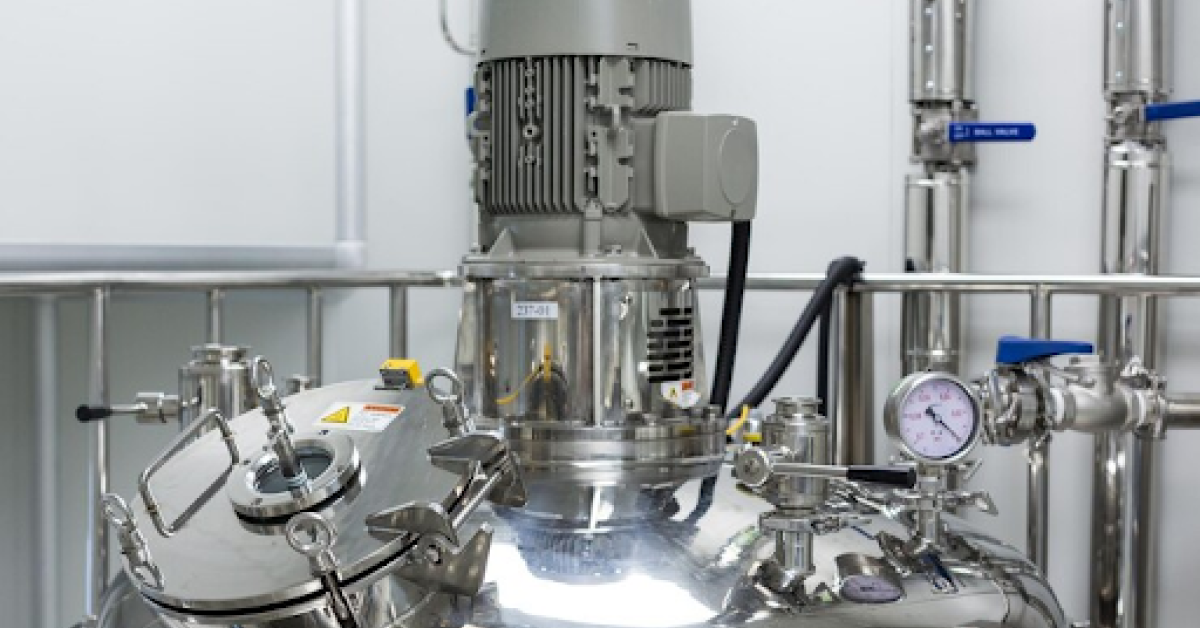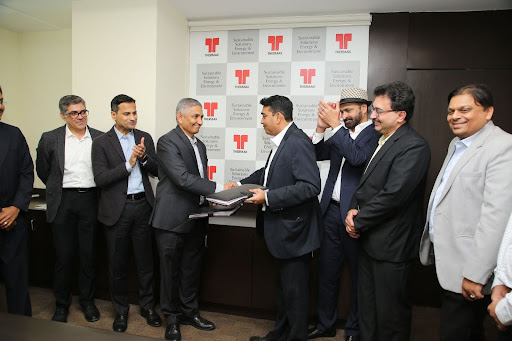Water in the pharmaceutical industry is a dynamic and complex discussion. As an industry, pharmaceuticals largely rely on purified water as a base of all manufacturing operations. While there are a number of ways in which water is purified and consumed in pharma, two of the most common processes for pharmaceutical water purification are Reverse Osmosis (RO) and Electro De-Ionization (EDI). Understanding RO & EDI water systems thus becomes an integral part of pharma operations.
Why Are RO & EDI Water Systems Significant?
Purification processes in pharmaceuticals are largely governed by different pharmacopeias or international regulatory bodies. While they may slightly differ on the parameters, all the major pharmacopeias in the world agree that RO & EDI water systems are the most trusted methods for maintaining the optimal chemical and microbiological sanctity of the water. Even though RO & EDI water systems are both extremely popular in pharma operations, with both their objectives being the purification of water, they differ in their process, scope, and even advantages.
Reverse Osmosis (RO)
To put it in simplest terms, Reverse Osmosis or RO is a process that uses semi-permeable membranes as a filter to separate physical impurities from a solvent. In the pharmaceutical industry, it is most commonly used to purify water and produce purified water.
How Does Reverse Osmosis Help?
Reverse Osmosis is extremely efficient in getting rid of salts, sugars, dyes, bacteria, other particles, microorganisms, trihalomethanes, pesticides, and even volatile organic compounds. However, it is not able to get rid of the dissolved gases in the water, such as carbon dioxide.
Equipment Needed
Most water purification plants have a RO setup, which requires some basic equipment. A typical RO equipment consists of the following:
- Water Pumps
- Pre-Treatment Unit
- Semi-Permeable Membrane
- Disinfection Unit
- Storage Tanks & Distribution Mechanism
The Process
The process of Reverse Osmosis starts with the pre-treatment. Depending on the quality of the feed water, chlorination, filtration, and dosing can be implemented to make sure that the water is compatible with the membranes and does not lead to corrosion and scaling. Additional steps such as flocculation and sedimentation may be needed in case of very turbid shallow water.
After the process of pre-treatment is complete, the water is made to flow through the semi-permeable membranes using a pump. The membranes used for Reverse Osmosis are usually made of cellulose acetate and have a very small pore size.
When water is made to flow through it at a high flow, the membranes easily allow the water to pass through but trap all the chemical impurities and microorganisms. The ‘filtered’ water is then collected using the hollow in which the membranes are fitted, and the water containing the contaminants is collected separately.
A successful RO procedure relies on the accuracy of feed water quality, membrane type, flow control, temperature, and pressure.
Advantages of RO
Reverse Osmosis is one of the most widely-used water purification techniques used in the pharmaceutical industry. Some of its advantages include the following:
- Easier to clean and replace parts
- Requires a relatively simple setup
- Less expensive
Disadvantages of RO
Even though RO is a popular method when it comes to purified water in pharma, it has some limitations as well. Some of the limitations of the process are:
- Heavily dependent on the quality of feed water
- Not effective in getting rid of the dissolved gases in the water
- Needs pre-treatment
- Clogging of the membranes is extremely common and can result in significant downtime
Electro-De-Ionization
Electro De-Ionization, or EDI, is another popular water purification technique that is widely used to purify water for pharmaceutical operations. EDI uses the principle of ionization and electrolysis to eliminate specific ions in the water and replace them with more desirable ones.
How Does EDI Help?
The process of EDI works extremely well to get rid of ammonia, boron, silica, residual salts, carbon dioxide, and organic contaminants from the water.
Equipment Needed
A relatively simpler method, EDI does not need elaborate paraphernalia. Some of the equipment needed in EDI are:
- Cell pairs which act as anode and cathodes
- Power source
- Resin beds
- Collection, storage & distribution mechanism
The Process
The EDI module is set up using ion-exchange resin beds and separated by ion- exchanging membranes which are basically high-surface electrodes with positive and negative charges. Then an electric current is passed through the water at right angles, which causes the positively charged cation moves toward the negatively charged anode and the negatively charged anions to move toward the positively charged cathode. As a result of this ion exchange, water is rendered water de-ionized.
Advantages of EDI
The process of EDI offers some significant benefits for the ease of water purification in pharmaceuticals. Some of its common advantages are:
- A single EDI unit can be used repeatedly for years without any need for replacement as the process gets rid of the impurities from the system, causing zero build-ups in resins or membranes.
- It is a green method as it is more sustainable and leads to less wastage
- Requires no chemical
- Lower energy consumption
- No heating required
- Relatively economical to set up and operate
Disadvantages of EDI
While many advantages offered by EDI have contributed to its popularity in pharmaceutical operations for the generation of purified water, it has its own set of drawbacks as well. Some of the disadvantages of the EDI process are:
It can only remove a limited number of specifically charged organic impurities
It is highly reliant on the quality of the feed water and may require additional pre-treatment procedures depending on the same.
Whether it is RO or EDI, water systems used in the pharmaceutical industry all have their own share of perks and limitations. RO and EDI water systems both have their specific use case, and one cannot replace or substitute another. Current and ongoing technological advancements only promise to make the processes even more efficient to ensure a better quality of pharmaceutical products.
In order to keep this progress going, it is important to choose the right water treatment company, as it is imperative to any industry, especially pharmaceutical processes. To do this, you need to know your requirements. TSA Water Systems designs water systems for optimal purity and helps you achieve maximum operational efficiency. We strive so that your water purification systems achieve the lowest cost per liter.





